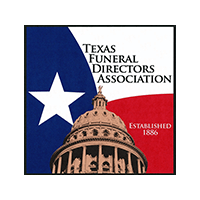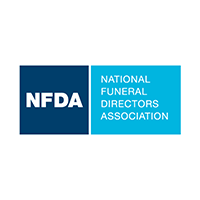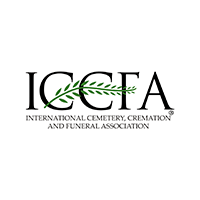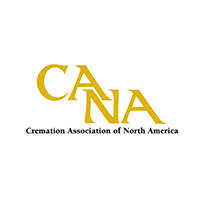Funeral and Cremation Planning in Weatherford, TX

The purpose of funeral or cremation ceremonies is to honor the memory of the person who has died. Surviving friends and families who attend services for a loved one are greatly benefited in their healing journey. If you’re planning a funeral and cremation service in Weatherford, TX, there are several important details to consider. It’s never easy to lose someone, but with the support of a funeral professional your efforts will be well worth it. Be sure to think about the following details:
Attendance
Who will come? How many do you anticipate? Funerals are generally an open service that does not require an invitation to attend. That’s why it helps to evaluate attendance details. Write down a list of family and friends that may come to the funeral or memorial. Next, write down any other social connections the deceased may have had. Think about their workplace friends, hobby groups, civic groups, faith community, or other organizations they were involved in. A written list doesn’t need to be precise. You’re simply trying to get a general headcount so that you can prepare accordingly.
After death occurs, it’s always a good idea to personally contact family members and close friends. Others can be informed by secondary channels such as email or social media. If you have already planned funeral or cremation services in Weatherford, TX, share that information right away. If not, let family and friends know where they can look for the information once the arrangements are finalized.
Disposition
Disposition refers to how the body is cared for in death. Some families choose burial, while others choose cremation. It doesn’t necessarily refer to how the remains are laid to final rest. Some families prefer one means of disposition over another. It’s a personal decision, with no right or wrong choice.
Cremation services have gained a lot of attention in recent decades, as more people are choosing this method to care for remains. It's popular because of its simplicity, flexibility, and low cost. As our cultural norms and priorities have shifted, society has increasingly accepted cremation as an appropriate disposition choice.
Burial remains an excellent dispositional style, having been the default choice for generations. Our modern approach to burial often includes embalmment of the body, followed by dress and grooming prior to viewing reception and funeral. The deceased’s body is then buried in a casket in a quiet cemetery plot with headstone laid over the head to mark their resting place.
Time and Place
After you’ve chosen the type of disposition, you can better choose where and when you will hold services. Funerals tend to happen soon after death so that the mortal remains can be there in attendance. They are commonly held in funeral homes, houses of worship, club lodges, civic centers, homes, etc.
Memorials can be delayed for a length of time because the body is not in attendance. It will be cremated and the ash remains can be present if desired, but there is no urgent need to schedule a memorial on account of a body waiting for burial. This flexibility is desirable for many families that need time to prepare, plan, and gather at a more convenient time and place. Memorial services are commonly held in the same places as funerals.
Service Leadership
The choice who should lead the chosen services is up to you and your family. They are often led by a local faith leader such as a minister, priest, rabbi, etc. If you prefer someone not affiliated with a religious organization, a funeral director can be a good choice, as well as a professional life celebrant. Some people choose to have a family member or good friend to conduct and carry out a funeral or memorial service. Whomever you choose, be sure they will remain focused on the life and times of the person who has died and does not get lost in the service ceremonies without keeping context.
Ambiance and Amenities
The setting and décor of a funeral or memorial should reflect the person who has passed away. Getting such details wrong creates dissonance with who the deceased was in life. For example, holding a religious funeral service at a house of worship for a non-believer may be uncomfortable for attendees that knew this person. As you evaluate a particular provider of funeral services and merchandise, be sure they are a good fit for your needs.
Professional Funeral and Cremation Care in Weatherford, TX
At Galbreaith Pickard Funeral Chapel, we strive to bring dignity and comfort to grieving families of our community. Planning a funeral and cremation service in Weatherford, TX is not something that most people do every day. It’s no surprise then that when the time comes to do so, it can be difficult to do. That’s where we can help. When life ends, call our caring professionals for support.
Funeral Home and Cremations FAQs
What is the difference between cremation and direct cremation?
The main difference between traditional cremation and direct cremation is the timeline between the person's death to cremation. With traditional cremation, the body is taken to a funeral home where families can have time to do some eulogy and perhaps accept visitation before the actual cremation process. However, with a direct cremation, the body is taken directly from the hospital or morgue to the crematorium to be cremated. Learn more.
What types of mausoleums are available in cemeteries?
Cemeteries offer several types of mausoleums, including community mausoleums for multiple individuals and private or family mausoleums for exclusive use. Garden mausoleums provide an open-air setting, while indoor mausoleums offer climate-controlled environments. Each type caters to different preferences and budgetary considerations.
What does a funeral service worker do?
Funeral service workers assist in determining the locations, dates, and times of visitations, funerals or memorial services, burials, and cremations. They mostly provide support, compassion, information, and direction as needed to all members of our community, their families, and friends who are dealing with loss and grief. Learn more.
